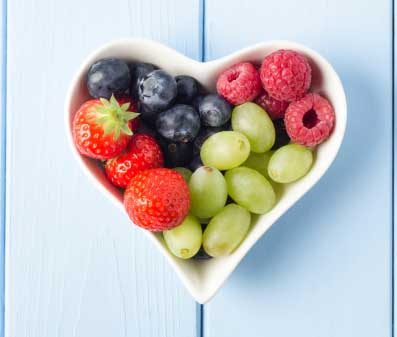News: Tracking Nutrition Trends report reveals Canadians’ habits
Kate Comeau is a registered dietitian and manager of public relations and media for Dietitians of Canada. I got a

Kate Comeau is a registered dietitian and manager of public relations and media for Dietitians of Canada.
I got a chance to speak with her about the results of the Tracking Nutrition Trends survey for 2013. The report, which will only be available for purchase, is the longest standing nutrition tracking study of its kind and reveals the truth about Canadians’ nutrition habits.
Overall, the results have improved since the last survey in 2008. For example, 63 percent of Canadians now report eating breakfast daily, compared to 58 percent in 2008.
Most interesting was that 92 percent of Canadians have done at least one thing to improve their eating and drinking habits: 58 percent are eating more fruits and vegetables, 50 percent have reduced their salt consumption and 50 percent have reduced their sugar consumption.
"From this we can see that people are doing things like drinking water before soda and are more aware that a medium coffee drink with whipped cream has 17-20 teaspoons of sugar," said Comeau.
When making a food choice, 97 percent of Canadians said that taste was the most important factor. So, how can we make things taste better without adding salt? "Well, cooking at home is one option because we are going to add less sugar and salt without even realizing it, compared to what a restaurant would use," Comeau said. "You could also try adding fresh herbs and lemon or lime juice to increase taste."
I asked her what the most important thing for women to add to their diet would be. "I sound like a broken record saying how important vegetables are," she said, "but they are so good, especially leafy green vegetables, which contain high levels of folate, vitamin A and fibre."
What about organic vs non-organic choices? Well, Comeau said that when it comes down to it, it’s a personal choice. But it’s better to have non-organic veggies than none at all. "Don’t skip the vegetables because you can’t afford organic. The nutrition and health benefits are there regardless of what you pick."
The most interesting thing I learned from the conversation, and something that I’ve considered every time I pick up a food item with a label, is how to read it. If you look at the daily percentage in the item, remember that 15 percent or more is a lot, and 5 percent or less is a little. I found this has helped me make some decisions in the grocery store.
What changes have you made over the past couple of years to improve your health and nutrition? Where do you think you could still make some changes?
Let us know!
-Jessica Harding, associate web editor




